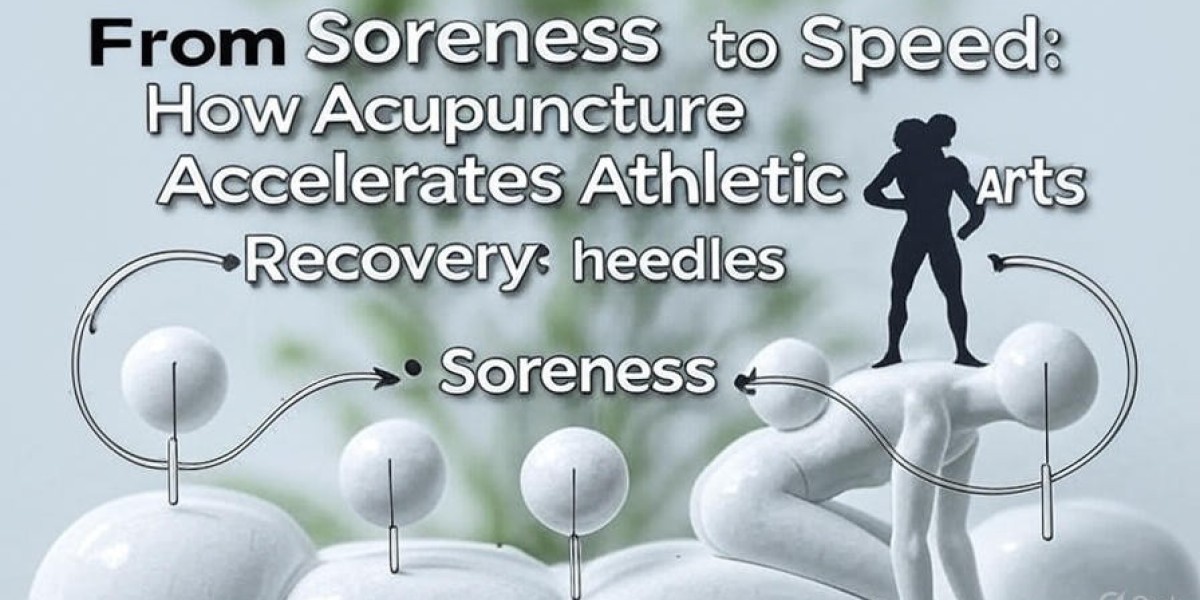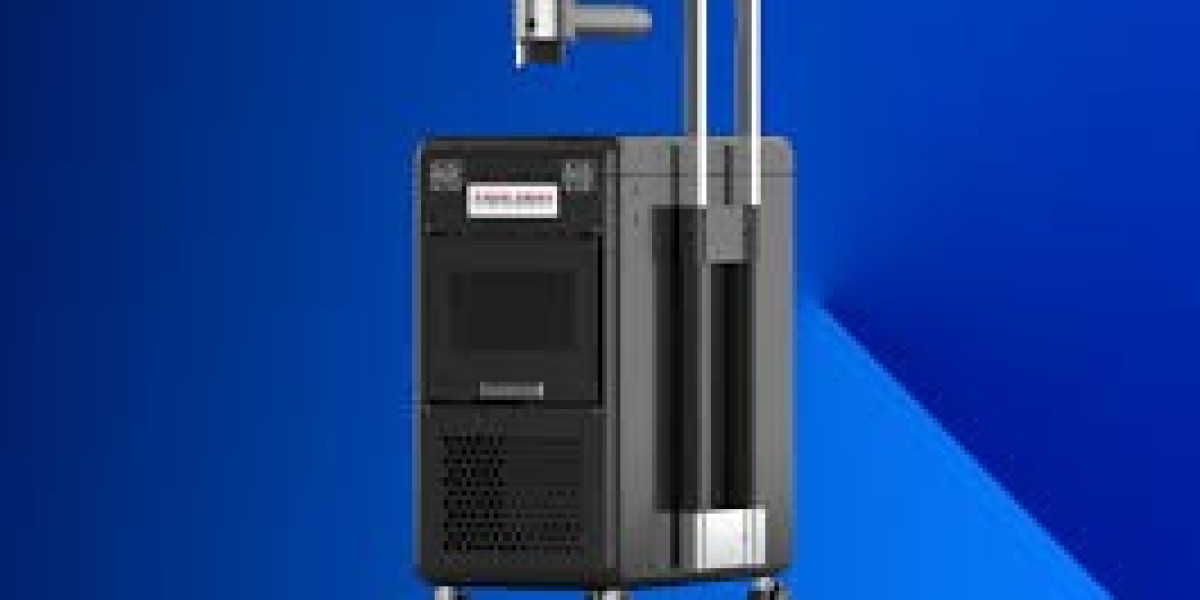From Soreness to Speed: How Acupuncture Accelerates Athletic Recovery
For athletes, the pursuit of excellence is a relentless journey. It demands dedication, grueling training, and an unwavering commitment to pushing physical limits. But equally crucial to achieving peak performance is often overlooked: recovery. It's in the hours and days between training sessions and competitions that the body repairs, rebuilds, and adapts, laying the groundwork for future gains. Yet, many athletes struggle with chronic soreness, nagging injuries, and slow recuperation times, hindering their progress and enjoyment of their sport.
Imagine a recovery tool that not only alleviates pain and reduces inflammation but also optimizes your body's natural healing processes, allowing you to train harder, recover faster, and perform better. This isn't a futuristic fantasy; it's the ancient practice of acupuncture, now gaining significant traction in the world of modern sports. Far from being just a remedy for back pain, acupuncture for sports performance is emerging as a powerful ally for athletes seeking an edge, helping them transition from debilitating soreness to unparalleled speed and resilience.
The Demands of Athleticism: Why Recovery is Paramount
Intense physical activity, whether it's long-distance running, weightlifting, competitive team sports, or yoga, places immense stress on the body. This stress manifests in several ways:
Muscle Microtears: Exercise, especially resistance training, causes tiny tears in muscle fibers. These tears are essential for growth but require time and resources to repair.
Inflammation: The body's natural response to injury and stress, inflammation is crucial for healing but can also cause pain and delay recovery if excessive or prolonged.
Lactic Acid Buildup: A byproduct of anaerobic respiration, lactic acid accumulation contributes to muscle fatigue and soreness.
Central Nervous System (CNS) Fatigue: High-intensity training not only taxes muscles but also the nervous system, leading to feelings of exhaustion and decreased performance.
Stress Hormones: Intense training can elevate cortisol levels, which, if chronically high, can impede recovery and suppress the immune system.
Without adequate recovery, athletes risk overtraining, increased susceptibility to injuries, diminished performance, and even burnout. Traditional recovery methods like rest, ice, compression, and elevation (RICE), massage, and stretching are valuable, but acupuncture offers a unique physiological intervention that complements and often enhances these approaches.
The Science Behind the Needles: How Acupuncture Accelerates Healing
Acupuncture, originating from Traditional Chinese Medicine (TCM), involves inserting thin needles into specific points on the body. While TCM explains its efficacy through the balance of Qi (life force) and meridians, modern science offers compelling insights into its physiological mechanisms:
Pain Modulation and Endorphin Release: One of the most immediate benefits for athletes is pain relief. Acupuncture stimulates sensory nerves, which in turn signal the brain to release natural pain-killing chemicals like endorphins and enkephalins. A study published in the Journal of Pain highlighted acupuncture's effectiveness in reducing chronic musculoskeletal pain, directly applicable to post-exercise soreness.
Reduction of Inflammation: Acupuncture has been shown to modulate the body's inflammatory response. It can decrease the production of pro-inflammatory cytokines and increase anti-inflammatory mediators. By regulating inflammation, acupuncture helps to reduce swelling, alleviate pain, and speed up tissue repair. This is a crucial aspect of acupuncture for sports performance.
Improved Blood Circulation: Needle insertion at specific acupoints can lead to vasodilation (widening of blood vessels), increasing blood flow to the treated area and surrounding tissues. Enhanced circulation delivers more oxygen and nutrients to damaged muscles, facilitating quicker repair, and efficiently removes metabolic waste products like lactic acid, reducing muscle stiffness and soreness.
Muscle Relaxation and Spasm Relief: Acupuncture can relax tight muscles and alleviate spasms. By targeting trigger points and motor points, it can release tension, improve flexibility, and restore proper muscle function, which is vital for preventing re-injury.
Regulation of the Nervous System: Intense training can put the body into a sympathetic (fight-or-flight) dominant state. Acupuncture helps shift the nervous system towards a parasympathetic (rest-and-digest) state. This promotes relaxation, reduces stress hormone levels (like cortisol), and optimizes the body's natural healing processes, which is essential for systemic recovery and preventing CNS fatigue.
Accelerated Tissue Repair: Research suggests that acupuncture may promote the regeneration of damaged tissues. By increasing local blood flow and stimulating cellular activity, it can support the synthesis of collagen and other extracellular matrix components crucial for tissue healing.
Specific Applications of Acupuncture for Sports Performance
Athletes at all levels, from weekend warriors to elite professionals, can benefit from acupuncture for a range of recovery and performance-related issues:
1. Post-Exercise Soreness (DOMS - Delayed Onset Muscle Soreness)
DOMS is a common complaint after intense workouts. Acupuncture for sports performance can significantly reduce the duration and intensity of muscle soreness by improving circulation, reducing inflammation, and promoting the removal of metabolic byproducts. Athletes often report feeling less stiff and recovering faster after acupuncture sessions, allowing them to return to training sooner and more effectively.
2. Injury Prevention and Rehabilitation
One of the most valuable aspects of acupuncture for sports performance is its role in injury prevention. By addressing muscle imbalances, reducing chronic inflammation, and improving tissue flexibility, acupuncture can help prevent common athletic injuries like hamstring strains, Achilles tendinitis, and runner's knee. For existing injuries, it aids in faster rehabilitation by:
Reducing pain and swelling at the injury site.
Accelerating tissue repair (e.g., sprains, strains, contusions).
Restoring range of motion and flexibility.
Addressing compensatory patterns that can lead to re-injury.
3. Enhancing Performance
While direct performance enhancement might seem indirect, improved recovery directly translates to better performance. When an athlete recovers more effectively, they can:
Train with Higher Quality: Less soreness means more effective subsequent training sessions.
Increase Training Volume/Intensity Safely: The body can adapt to greater demands without breaking down.
Reduce Fatigue: By optimizing CNS recovery and reducing systemic inflammation, athletes feel fresher and more energetic.
Improve Mental Focus: Reduced pain and improved sleep contribute to better mental clarity and resilience, crucial for competitive sports.
4. Stress Reduction and Sleep Optimization
The mental demands of competition and training can be immense. Acupuncture's ability to calm the nervous system helps athletes manage pre-competition anxiety and reduce overall stress levels. Furthermore, by promoting relaxation, it can significantly improve sleep quality, which is arguably the most critical component of athletic recovery. Deep sleep is when the body releases growth hormone and performs most of its repair work.
Real-World Data and Credible References
The adoption of acupuncture in professional sports is a testament to its efficacy. Many Olympic teams, professional sports organizations (NFL, NBA, MLB), and elite athletes regularly incorporate acupuncture into their training and recovery protocols.
Case Study: NBA Players: Numerous NBA players, facing grueling schedules, utilize acupuncture for muscle recovery and pain management, attributing their sustained performance to its benefits.
Olympic Athletes: Many track and field athletes, swimmers, and gymnasts have openly credited acupuncture with helping them manage injuries and accelerate recovery between intense training blocks.
Research on Tendinopathies: A systematic review published in The Clinical Journal of Pain found promising evidence for acupuncture's effectiveness in treating various tendinopathies, common in athletes, such as tennis elbow and Achilles tendinitis.
A Holistic Approach to Athletic Longevity
Ultimately, acupuncture for sports performance is not a magic bullet but a powerful component of a holistic recovery strategy. It recognizes the interconnectedness of the body and seeks to optimize its natural healing capabilities. An acupuncturist trained in sports medicine will often combine traditional needling techniques with other modalities like cupping (which further enhances circulation and reduces muscle tension) and electrical stimulation (electro-acupuncture), tailoring the treatment to the athlete's specific sport, injury, and recovery needs.
For athletes in New Town, West Bengal, India, seeking an edge in their recovery, exploring acupuncture can be a game-changer. It offers a natural, drug-free way to reduce pain, prevent injuries, accelerate healing, and ultimately, elevate performance. By investing in comprehensive recovery, athletes can extend their careers, enjoy their sport more fully, and continually push the boundaries of what they thought possible, transforming nagging soreness into sustained speed and resilience. This commitment to self-care is a testament to true athletic dedication.







